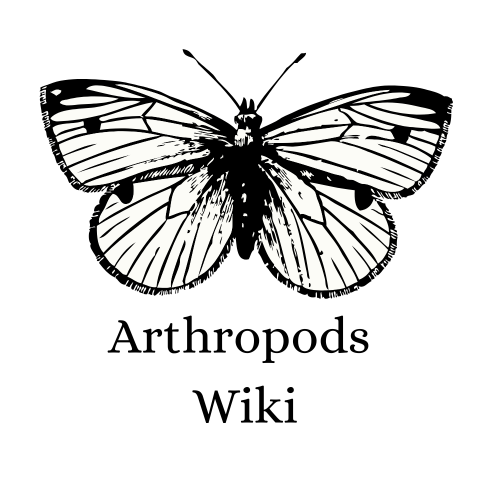The Sphingidae are a family of moths called sphinx moths although "Hawkmoth" is a more appropriate method of description for such
Sphingidae family moths, with many of their caterpillars known as “hornworms”; it includes about 1,450 species. It is best represented in the tropics, but species are found in every region.
Morphology[]
“They originated in Central America, then radiated to North and South America,” Kawahara said. “It was kind of surprising because there are many species in South America.” More than 1,000 hawkmoth species occur worldwide, so called due to their agility of being distinguished as some of the fastest and most proficient flying insects. some are capable of flying at over 5.3 m/s (12 miles per hour). They have wingspans from 4 cm (1.6 in) to over 10 cm (3.9 in) at approximate. They can have an astonishingly colorful variants ranging from Vibrant pink that coats the delicate scales of Deilephina elpenor and the abstract and truly mesmerizing green shades of Daphnis nerii Hawkmoths have always been an example of natures most admirable artworks. They have extra-large proboscis for sipping nectar of delicious flowers that keep their nectar hidden well to deep for ordinary pollinators a few flowers use an advantage of this by waiting to bloom till late evening (7:00 PM-5:00 AM at approximate)
Behavior[]

The hawkmoths have their ability to move rapidly from side to side while hovering, called "swing-hovering" or "side-slipping". This is thought to have evolved to deal with ambush predators that lie in wait in flowers This elite prevention against predators make them have an elite flying skills. They are mostly seen during evening hours generally 6:00 Pm to early morning hours, hovering above field of flowers, these excellent flyers can hover in mid-air allowing them to comfortably sip nectar out of flowers, attracted by the sweet scent and vibrantly colored corollas. They are able to see the colors we humans cannot even comprehend to. These amazing insects are also a huge pest to agriculture.
Life cycle[]

Laothoe populi (Poplar hawkmoth)
Caterpillars hatch, begin to feed, and are full-grown in three to four weeks. The mature caterpillars drop off plants and burrow into the soil to transform into pupae. ... Caterpillars feed until late summer or early fall and then pupate. The pupae remain in the soil through winter. Once an adult emerges, it's responsibility is to feed, mate and reproduce.
Feeding habits[]
Hornworms tend to start feeding from the top of the plant; look for chewed or missing leaf blades, that have been partially or completely damaged due to the pest, they tend to leave a few leftovers for no clear reason. caterpillars firstly consume the apex of the leaves before consuming the rest however while doing so they leave the nodes of the leaves untouched' Look closely at the of your tomato leaves for dark green or black droppings left by the larvae feeding on the leaves. After consuming the lamina of the it can be observed that some leaves and wilted leaves hanging down attached to long silky trads dangling in mid-air scientists aren't sure why they have a tendency of doing so.
